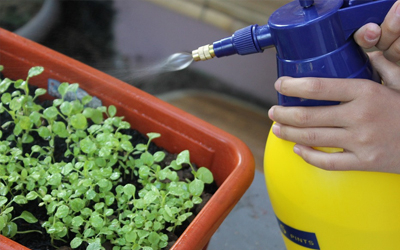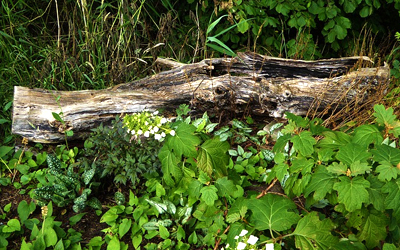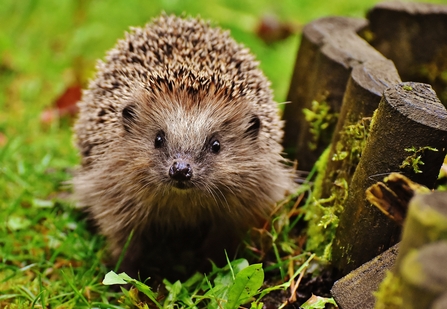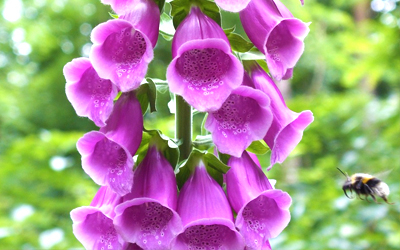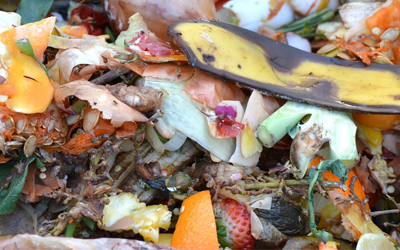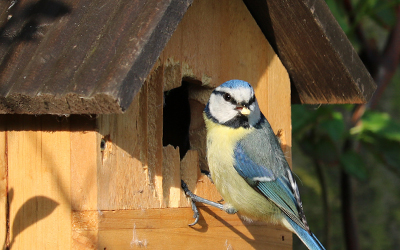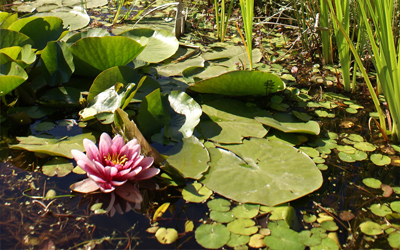
Wildlife pond
1. Make a wildlife pond
Water is vital for any animal to thrive, and even a small wildlife-friendly pond can make a huge difference to the biodiversity of your garden. It doesn’t have to be big – if space is limited, a washing up bowl sunk into the ground or even a shallow dish of water on the ground will help all kinds of species.
